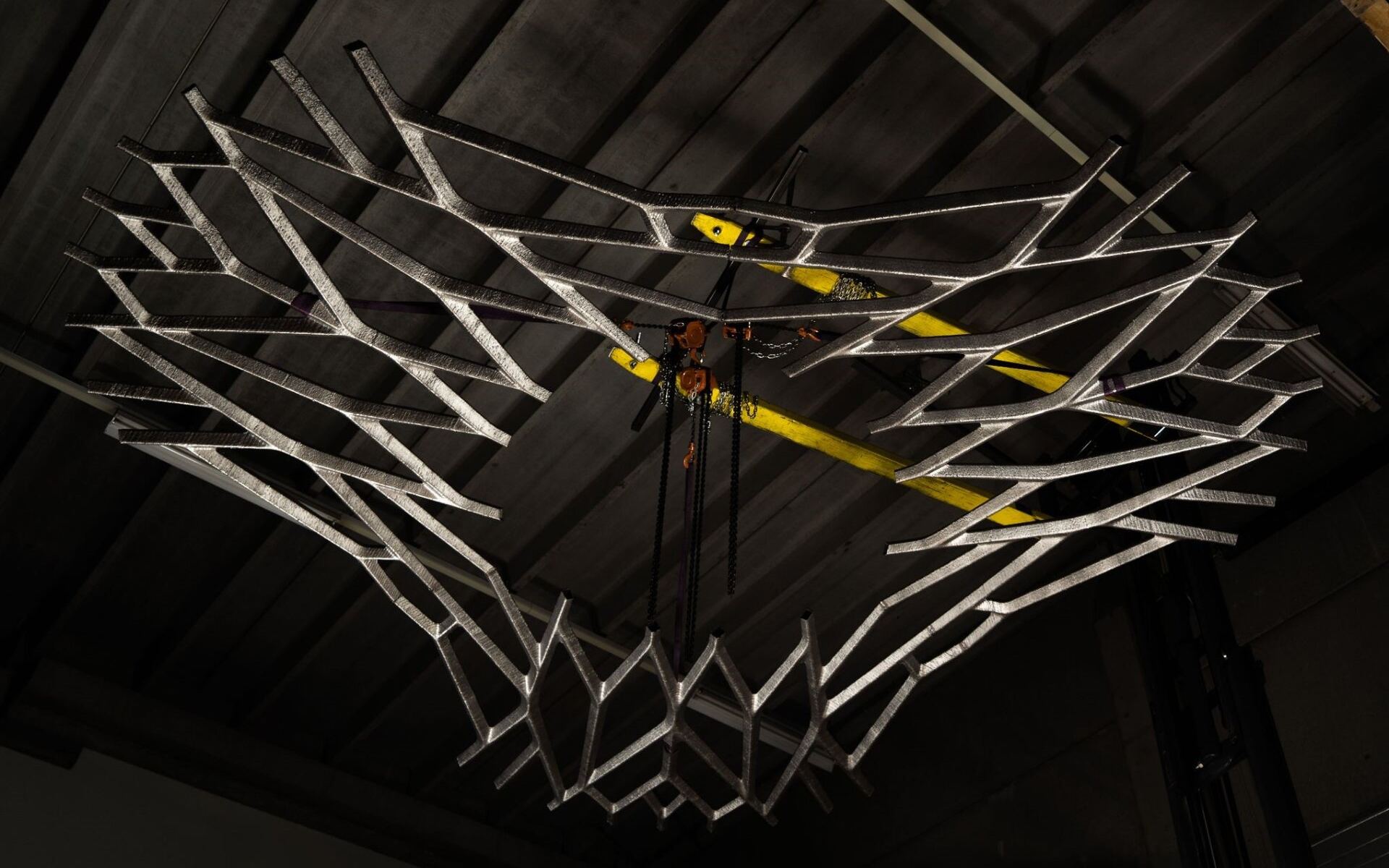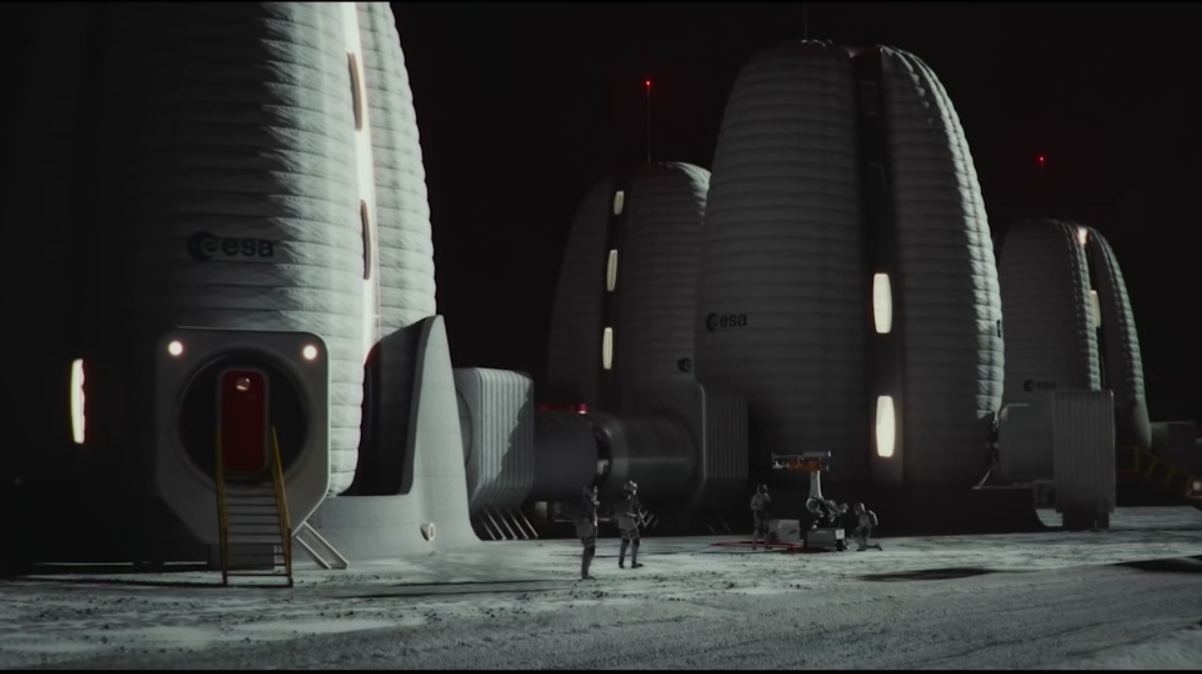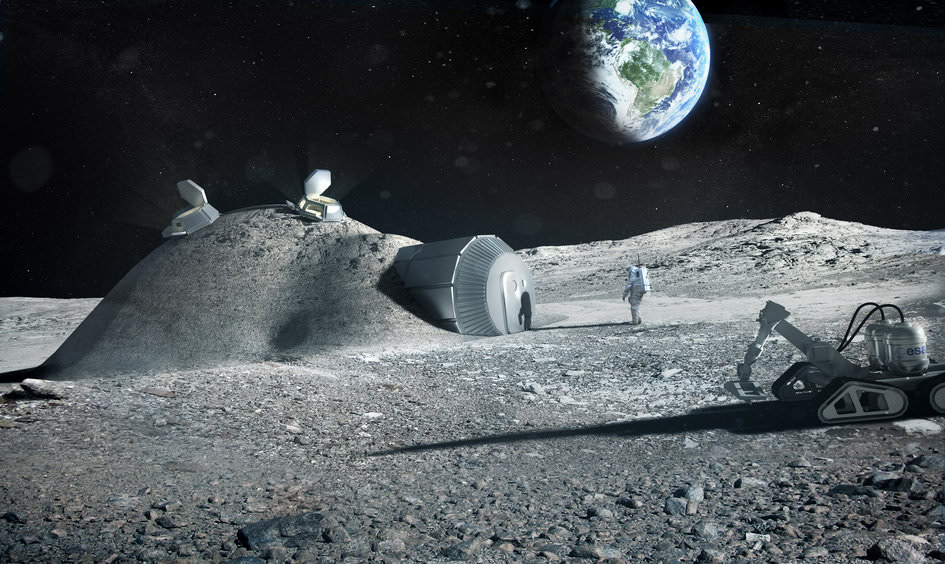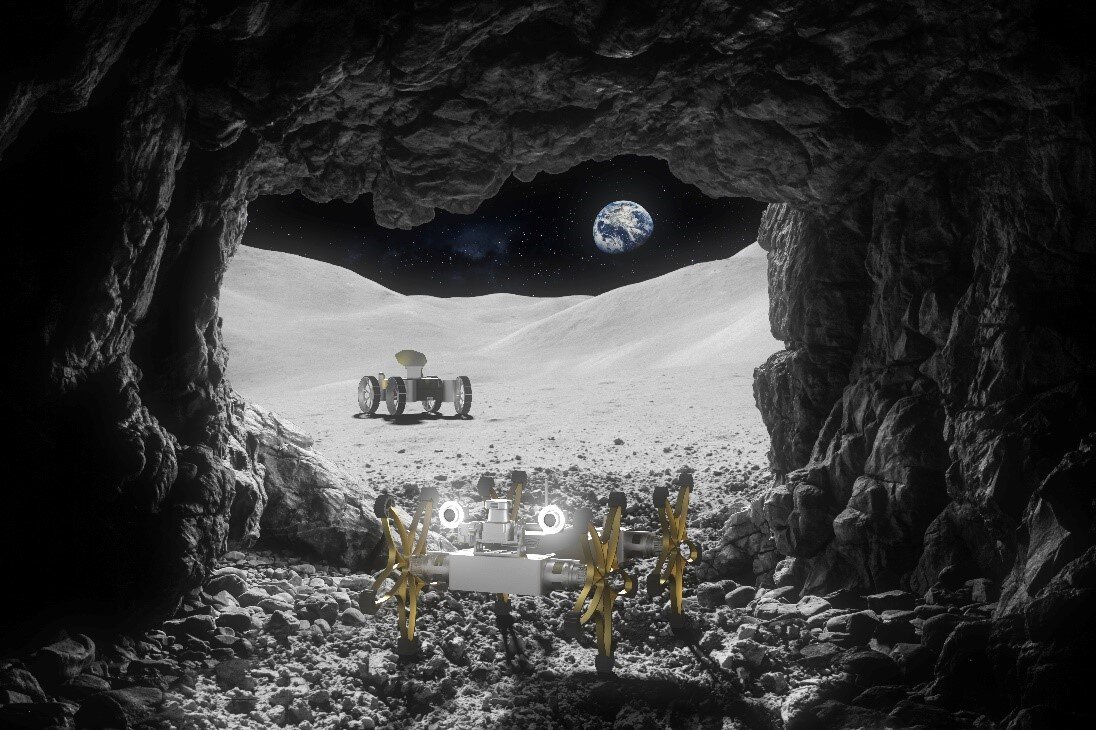In this decade, multiple space agencies and commercial space entities will be taking us back to the Moon. But unlike the Apollo Era, the goal of these programs is not “footprints and flags,” but to establish the necessary infrastructure to keep going back. In particular, NASA, the ESA, Roscosmos, and China are all planning on establishing outposts that will allow for scientific research and a sustained human presence.
The ESA is currently showcasing what its outpost will look like at the 17th annual Architecture Exhibition at the La Biennale di Venezia museum in Venice. It’s known as the International Moon Village, which was designed by the architecture firm Skidmore, Owings & Merrill (SOM) with technical support from the ESA. This same company recently unveiled a prototype of the skeletal metal component that will one day be part of the Village’s lunar habitats.
Continue reading “This is a 3D-Printed Steel Floor Prototype for a Lunar Habitat”




